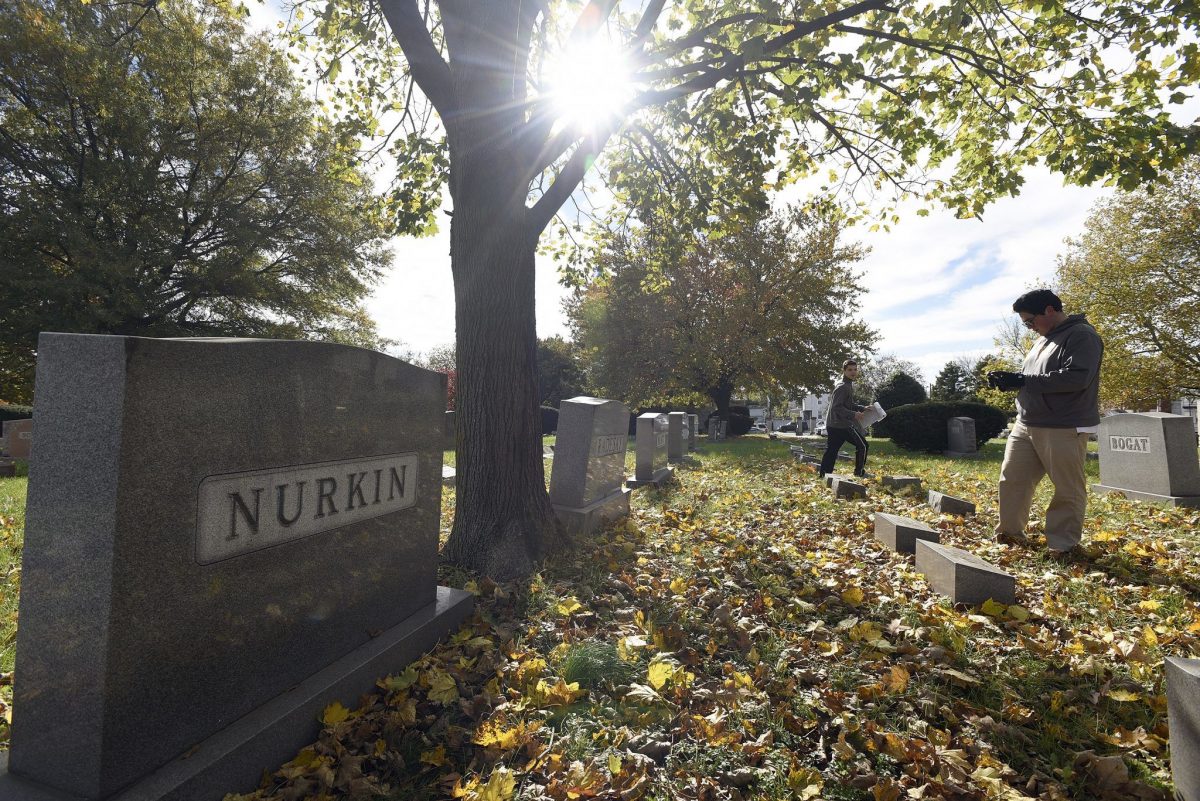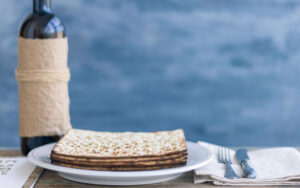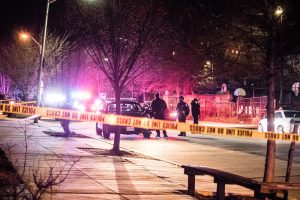By Shelley Morhaim
There is a Jewish tradition for every aspect of our lives, including the end of life. Yet most of us avoid thinking or talking about death until we have to. That’s why it’s noteworthy that there is a resurgence of interest in reclaiming the healing aspects of Jewish end-of-life traditions.
This year, Maryland was the site of the 16th annual North American Chevra Kadisha and Jewish Cemetery Conference. From June 3-5, more than 130 participants from 27 states and Canadian provinces convened at Congregation Beth El in Bethesda for three days of learning, sharing, prayer, networking and celebration. I was honored to be one of the panelists at a discussion on “greening cemeteries,” representing the Green Burial Association of Maryland.
The conference is presented by Kavod v’Nichum (Honor and Comfort), a North American nonprofit educational group based in Columbia that encourages and assists the organization of bereavement committees and chevra kadisha (Hebrew burial) groups in synagogues and communities.
Judaism’s approach to death and dying is one of the richest of all faiths. Issues of ritual, the actual process of dying and letting go, preparation of the body, burial, mourning, comforting the bereaved — for the individual and community — all resonate well with modern concepts of sociology and psychology. The chevra kadisha is the traditional institution that supports and assists Jewish families and communities in dealing with these end-of-life passages.
For millennia, the chevra kadisha helped with this final transition. The chevra kadisha had specific tasks to prepare the deceased for burial and to support families during the mourning process. However, that tradition has faded, and fewer of us are aware of or use their role.
Chevra Kadisha literally translates as “holy society,” because the traditional Jewish communal burial society was fulfilling the great mitzvah of caring for the dead, a service that by definition could never be reciprocal. Kavod v’Nichum works to restore to Jewish death and bereavement practice the traditions and values of honoring the dead (kavod hamet) and comforting the bereaved (nichum avelim). They encourage communities and synagogues to take control of funerals and burials in accordance with their own Jewish orientation.
As was evident at the conference, Jewish communities from California to Texas to Maine are creating new chevrei kadisha to fulfill this beautiful mitzvah, which involves washing the body of the deceased, dressing him or her in plain linen clothing, laying the body in the casket and keeping a vigil until the casket is taken for burial.
Communities have found innovative ways to reclaim the chevra kadisha tradition. In the Washington, D.C., metro area, 50 congregations have banded together to provide these services. They have negotiated contracts with funeral homes to make available low-cost ($2,000) funeral services that include transporting the deceased, the traditional plain pine casket and facilities where the chevra can perform their cleansing and guarding tasks. For at least one synagogue — Columbia Jewish Congregation — there is also a contract with a Jewish cemetery to provide a low cost simple burial.
While the conference included sessions that ranged from liturgy study to Biblical views of the afterlife to practical workshops on how to handle the deceased safely and with dignity, one topic that was of great interest to everyone was that of “green burial.”
So-called green burial is perhaps better termed “natural burial.” It is a growing movement in North America and the United Kingdom. to return to traditional practices. Eschewing embalming, burial vaults, and expensive hardwood or metal coffins, green burial fits perfectly with Jewish tradition.
Traditional Jewish practice authorizes burial in the earth whenever possible. Yet in some communities where burial plots are prohibitively expensive — in Los Angeles, they can start at $35,000 — more than 50 per cent of Jewish families choose cremation.
There is an erroneous belief that cremation is an environmentally friendly alternative. Not so. Cremation requires fuel equivalent to a 500-mile car trip. It adds greenhouse gases and toxic residue such as mercury to the atmosphere. While natural burial allows the body’s nutrients to return to the earth, cremation incinerates everything, leaving only bone fragments.
Families may choose green burial for environmental, spiritual or economic reasons, or often a combination, but there is a lack of cemeteries that offer this alternative. Baltimore is fortunate that one of our largest synagogues is taking the lead. Baltimore Hebrew Congregation has opened a green burial section at its cemetery on Berrymans Lane in Reisterstown.
By returning our loved ones to the earth in a way that honors Jewish tradition, natural burial — like the chevra kadisha movement — offers an opportunity for grieving families to find comfort in their time of loss.
For more information:
- Baltimore Hebrew Congregation: Jo Ann Windman, 410-764-1587
- Kavod v’Nichum: jewish-funerals.org
- Jewish Funeral Practices Committee of Greater Washington: dc.jewish-funerals.org
- Columbia Jewish Congregation: dev.columbiajewish.org
- Green Burial Association of Maryland: greenburialmaryland.org
- Jewish Cemetery Association of Greater Baltimore: jcabaltimore.org
 Shelley Morhaim is a filmmaker, writer and lawyer. She serves on the Maryland State Arts Council and is a member of Chizuk Amuno Congregation.
Shelley Morhaim is a filmmaker, writer and lawyer. She serves on the Maryland State Arts Council and is a member of Chizuk Amuno Congregation.





